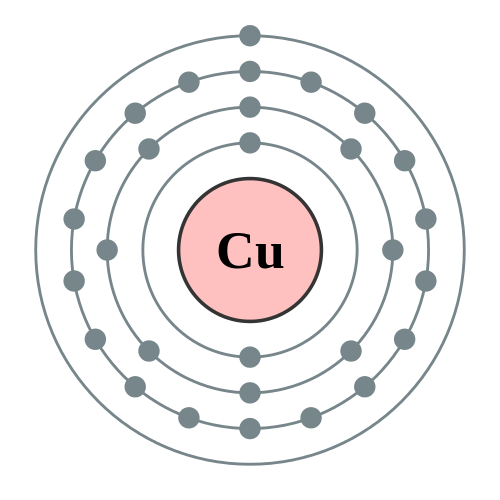Copper is a reddish-orange metal that is naturally occurring in rocks, soil, water, and air. It is an essential element in plants, animals, and humans. Copper is used in a wide variety of products, including wire, plumbing pipes, sheet metal, and electrical components. It is also used in the production of brass and bronze.
Chemical Formula and CAS Number
The chemical formula for copper is Cu and its CAS number is 7440-50-8.
Industry Uses of Copper
Copper is a versatile metal with a wide range of industrial uses. Here are some of the most common uses of copper:
- Wiring: Copper is an excellent conductor of electricity, making it an ideal material for electrical wiring.
- Plumbing Pipes: Copper pipes are resistant to corrosion and are often used in plumbing systems.
- Sheet Metal: Copper sheet metal is used in a variety of applications, including roofing, gutters, and flashing.
- Electrical Components: Copper is used in a variety of electrical components, such as transformers, motors, and generators.
Health Risks of Copper Exposure
Copper is an essential element, but exposure to high levels of copper can be harmful. Copper can cause skin and eye irritation, and inhalation of copper dust can cause respiratory problems. Long-term exposure to high levels of copper can damage the liver and kidneys.
Copper Exposure and Health Risks
There are a number of ways that people can be exposed to copper. Exposure can occur through ingestion, inhalation, or skin contact. The most common source of copper exposure is through drinking water. Copper can also be found in food, air, and soil.
Symptoms of Copper Exposure
The symptoms of copper exposure vary depending on the level of exposure and the route of exposure. Some common symptoms of copper exposure include:
- Skin irritation
- Eye irritation
- Cough
- Difficulty breathing
- Wheezing
- Gastrointestinal distress
Regulations for Copper Exposure
There are a number of regulations in place to protect people from exposure to copper. The Environmental Protection Agency (EPA) has set a maximum contaminant level (MCL) for copper in drinking water of 1.3 mg/L. The Occupational Safety and Health Administration (OSHA) has set a permissible exposure limit (PEL) for copper in the workplace of 1 mg/m3.
Measuring Copper Levels
The concentration of copper in water can be measured in parts per million (ppm). There are a number of kits available to measure copper levels in water.
Units to measure copper can be found here: https://www.gas-sensing.com/support/gas-information/copper.html
Conclusion
Copper is an essential element that is used in a wide variety of products. Exposure to high levels of copper can be harmful, but there are a number of regulations in place to protect people from exposure. If you are concerned about your exposure to copper, you should talk to your doctor.

